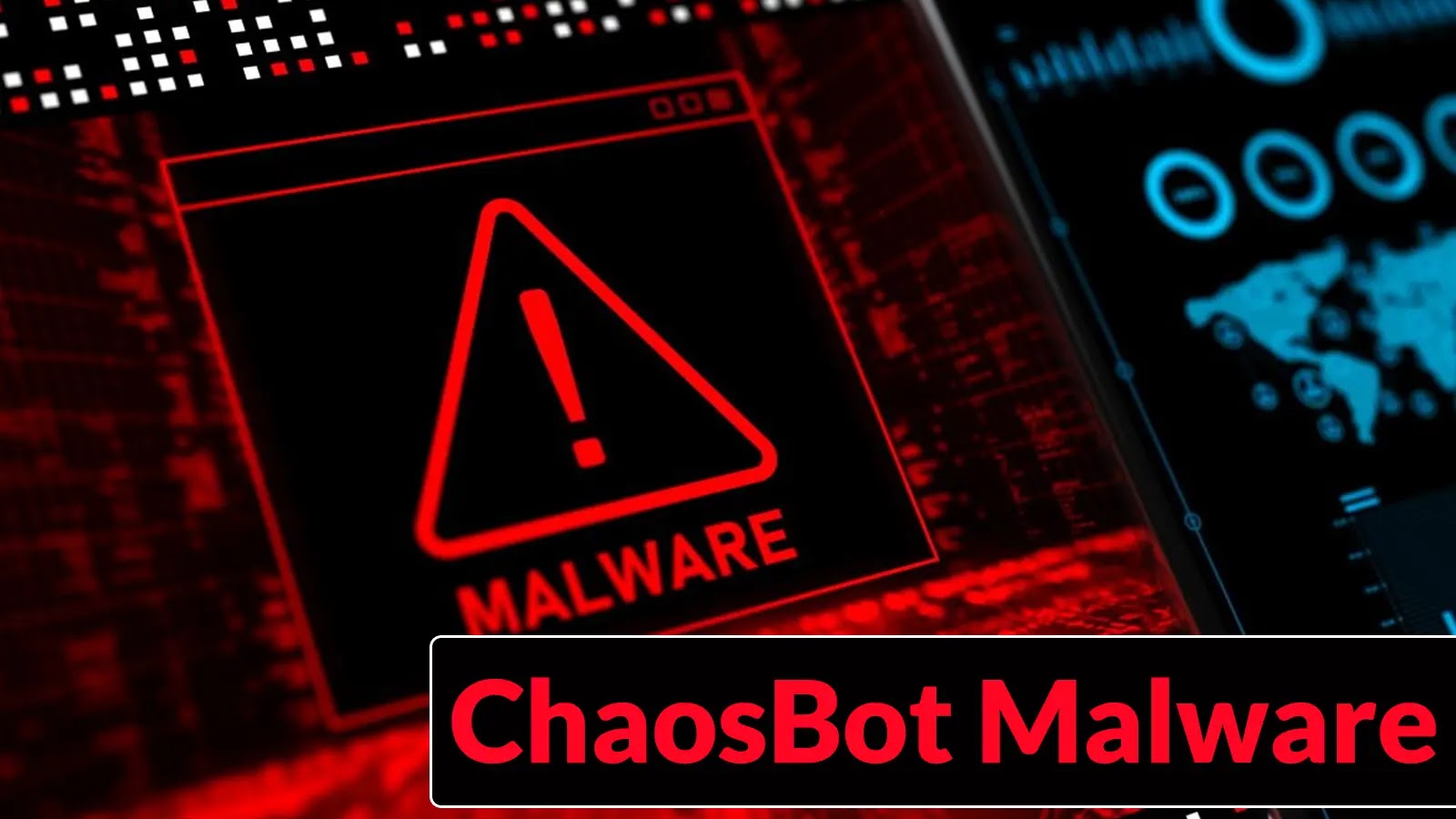
New Rust-Based ChaosBot Malware Leverages Discord for Stealthy Command and Control
A sophisticated new threat has emerged, shifting the goalposts for how malicious actors conduct covert operations. The cybersecurity landscape is now contending with ChaosBot, a Rust-based malware strain that leverages the popular communication platform Discord for highly stealthy command and control (C2). This development signifies a critical evolution in adversarial tactics, demanding immediate attention from security professionals.
Traditional C2 channels often leave discernible footprints, making detection feasible. However, ChaosBot’s innovative approach hides malicious traffic within legitimate cloud service communications, specifically Discord’s infrastructure. This allows attackers to blend almost seamlessly into normal network traffic, presenting a significant challenge for existing security solutions.
Understanding ChaosBot: A New Breed of Malware
ChaosBot stands out not only for its use of Discord but also for its development in Rust. Rust, known for its performance, memory safety, and concurrency, is increasingly favored by developers for building robust applications. Unfortunately, these same attributes make it attractive to malware authors seeking to create efficient, resilient, and harder-to-analyze threats. The malware’s ability to reside within encrypted Discord channels further complicates detection, as network monitoring tools would typically see legitimate HTTPS traffic.
The core mechanism involves using Discord as a data exfiltration and C2 channel. Compromised systems communicate with an attacker-controlled Discord server or channel, sending stolen data, receiving commands, and updating their status. This method exploits the trust associated with well-known services, making suspicious activity difficult to differentiate from regular user interactions.
How ChaosBot Exploits Discord for Command and Control
The operational flow of ChaosBot typically involves several stages:
- Initial Infection: Like many malware strains, ChaosBot likely gains initial access through phishing campaigns, exploiting known vulnerabilities, or bundling with compromised software.
- Establishment of Discord C2: Once active, the malware connects to a pre-configured Discord server or channel. This connection is indistinguishable from standard Discord client traffic.
- Covert Communication: Commands from the attacker are sent as messages within the Discord channel. These messages can be encrypted or encoded to further obscure their true purpose.
- Data Exfiltration: Stolen data is then exfiltrated back to the attacker via the same Discord channel, often disguised as file uploads or embedded within regular messages.
This strategy makes it challenging for network intrusion detection systems (IDS) and even some advanced endpoint detection and response (EDR) solutions to identify and flag the malicious traffic effectively, as it flows over trusted ports and protocols to a legitimate domain.
Recognizing the Indicators of Compromise (IoCs)
Detecting ChaosBot requires looking beyond traditional network signatures. Security teams should focus on:
- Unusual Discord Activity: Monitoring for Discord client connections from servers or systems that should not be running Discord.
- Spikes in Encrypted Traffic: While a general indicator, an unexpected increase in encrypted traffic destinations, particularly to Discord’s Content Delivery Network (CDN) or API endpoints from non-user devices, warrants investigation.
- Process Anomalies: Rust-compiled binaries might exhibit unusual process behavior or memory usage patterns.
- File System Changes: The presence of new, unfamiliar executable files, particularly those written in Rust, in directories not typically associated with legitimate applications.
- Network Connections from Unusual Locations: If endpoints are observed connecting to Discord APIs from geographical regions or IP addresses inconsistent with an organization’s typical operations.
Remediation Actions and Protective Measures
Mitigating the threat posed by ChaosBot necessitates a multi-layered security approach, focusing on proactive defense and rapid response:
- Endpoint Detection & Response (EDR): Implement and fine-tune EDR solutions to monitor for anomalous process behavior, file system changes, and unusual network connections that could indicate malware activity.
- Network Segmentation: Isolate critical assets and systems to limit lateral movement should a compromise occur.
- DNS Filtering and Web Proxy: Block access to known malicious Discord servers if IoCs become available. Implement policies to restrict Discord access on non-user workstations.
- Threat Intelligence Integration: Subscribe to and integrate up-to-date threat intelligence feeds that include indicators related to Rust-based malware and C2 techniques.
- User Education: Train employees on phishing awareness and the risks associated with downloading untrusted software or clicking suspicious links.
- Application Whitelisting: Implement strict application whitelisting policies to prevent the execution of unauthorized binaries, including potentially malicious Rust executables.
- Regular Security Audits: Conduct frequent audits of systems and networks to identify and remediate potential vulnerabilities.
Security Tools for Detection and Mitigation
| Tool Name | Purpose | Link |
|---|---|---|
| Osquery | Endpoint visibility for process monitoring, network connections, and file system changes. | https://osquery.io/ |
| Suricata/Snort | Network intrusion detection system for anomaly detection and signature-based threat identification. | https://suricata-ids.org/ / https://www.snort.org/ |
| Zeek (Bro IDS) | Network security monitor for in-depth traffic analysis and behavioral anomaly detection. | https://zeek.org/ |
| YARA Rules | Pattern matching tool for identifying and classifying malware families based on static signatures. | https://virustotal.github.io/yara/ |
Conclusion
The emergence of ChaosBot underscores a worrying trend: adversaries are increasingly adopting advanced programming languages like Rust and exploiting trusted platforms like Discord to evade detection. This malware’s sophisticated use of legitimate cloud services for covert command and control presents a formidable challenge to conventional security defenses. Organizations must prioritize robust EDR solutions, network traffic analysis, and comprehensive employee training to effectively counter evolving threats that expertly blend into the digital background.





